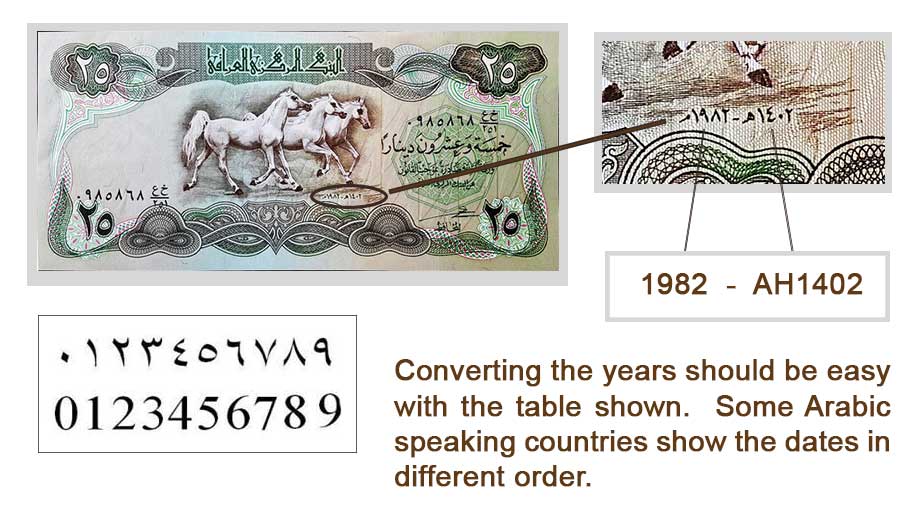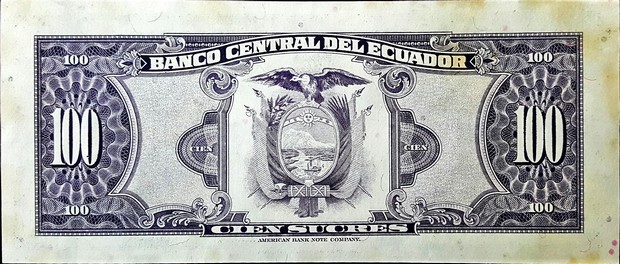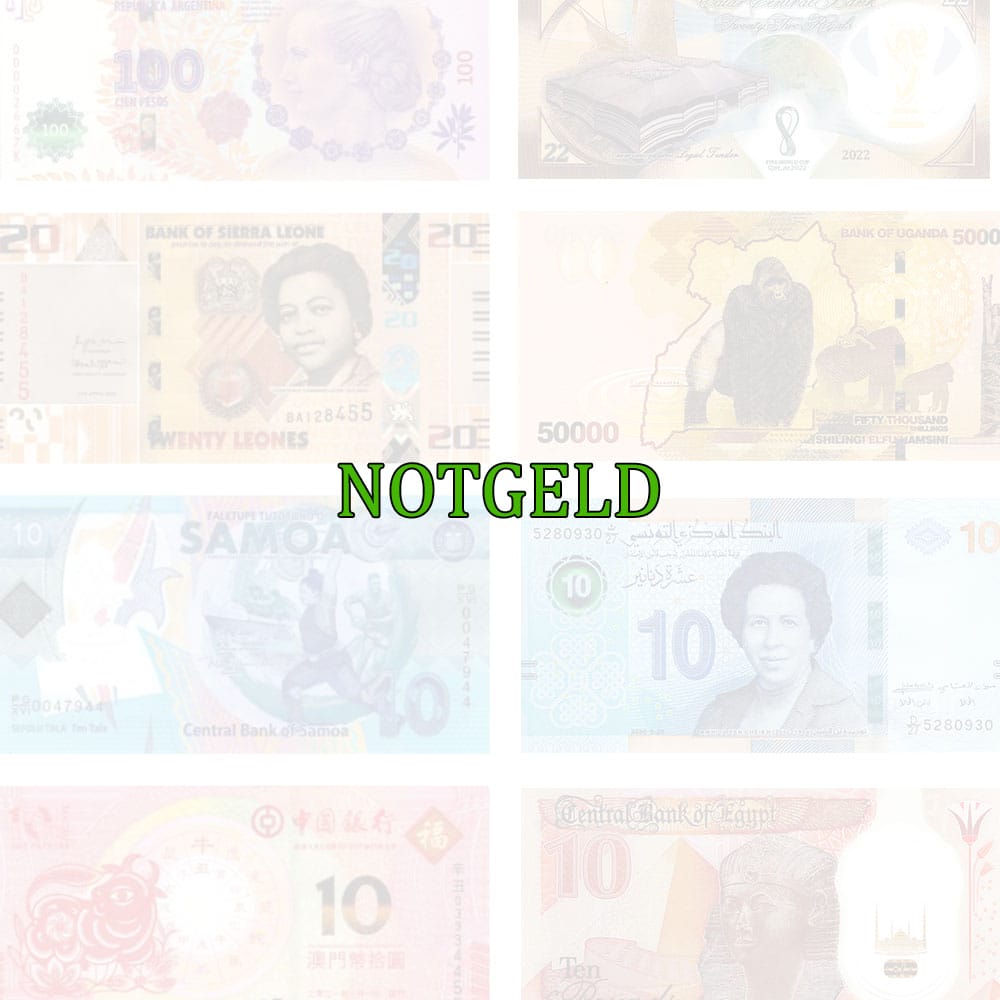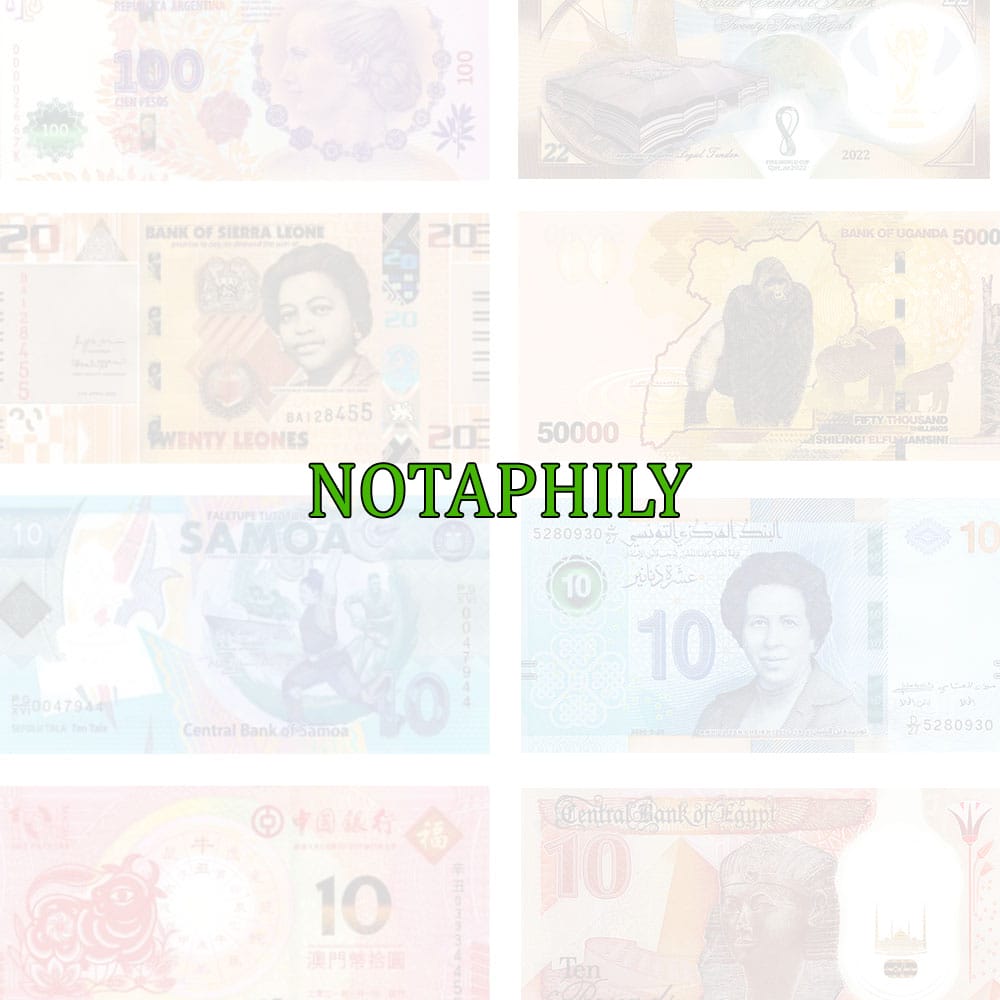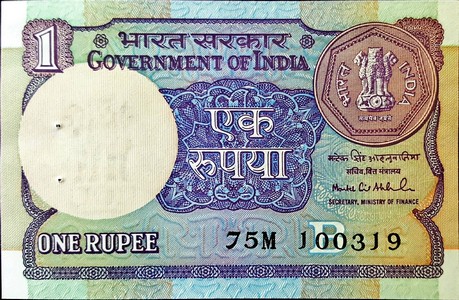Dating
Dating is the process of identifying the banknote by its print run year. Countries of the world, use different calendar systems from others, it is not universal, but have some commonalities. In the Western part of the world, and most of Europe use the Gregorian calendar. Below is a table of the different type of…
Specimen
The banknote to be released for circulation, have samples of the design normally distributed between financial institutions. The purpose is to review, study on how it look when it is publicaly released. As a standard it comes with special markings such as “overprint”, “cancellation” or show special serial numbers.

